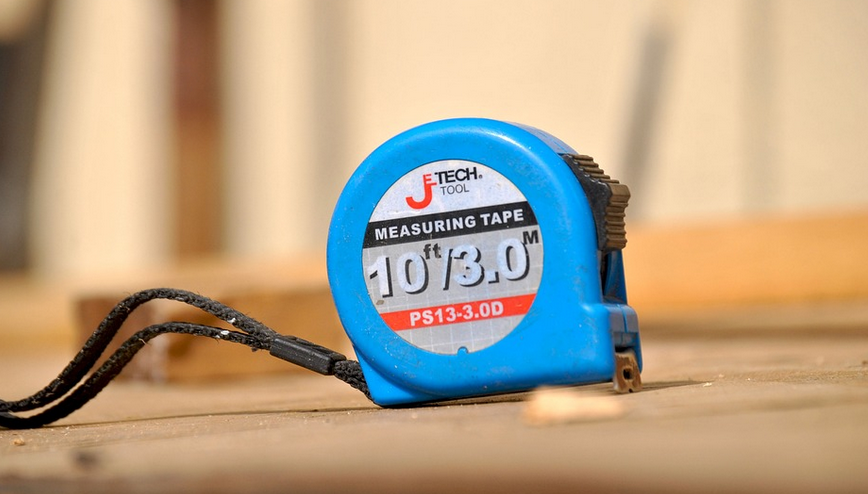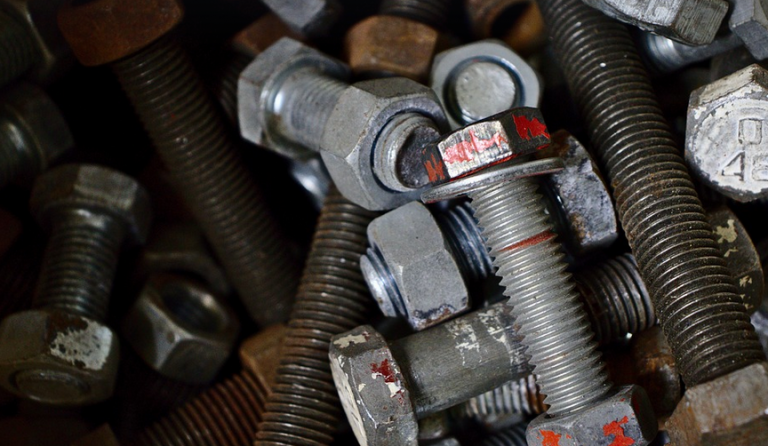
Understanding the Basics of Hollow Stem Auger Sampling
Hollow stem augers, often referred to as “H.S.A.” are a popular and versatile tool for soil sampling. They’re especially useful when dealing with dense soil or rocky layers because they can effortlessly penetrate through these obstacles while collecting representative cores. These tools offer numerous advantages over traditional methods, making them an essential part of many scientific, environmental, and agricultural projects.
Why Choose Hollow Stem Auger Sampling?
The popularity of hollow stem augers stems from their inherent benefits in soil sampling:
- Versatility: These augers can handle various soil types, including sandy loam, clay, and even rocky layers. Their design allows for efficient penetration into compacted or dense soils, ensuring accurate sample extraction.
- Accuracy and Precision: Hollow stem augers deliver precise depths of sampling with minimal disturbance to the surrounding soil. This minimizes errors and ensures reliable data collection.
- Time-saving Efficiency: Working with a hollow stem auger means less back-and-forth, saving time and effort compared to other methods like traditional hand coring or digging. This translates to quicker research outcomes.
- Ease of Use and Maintenance: Hollow stem augers are relatively straightforward to use and maintain. Their design allows for easy transport and storage, providing a user-friendly experience.
The Mechanics of Hollow Stem Auger Sampling
To understand the process better, let’s delve into the mechanics of using hollow stem augers:
Step 1: **Preparation** – Before starting, ensure your sampling area is clearly marked. Remove potential obstacles like tree roots or large rocks to avoid damage to the auger and ensure smooth operation.
Step 2: **Positioning** – Position yourself at the designated location for sampling. This will help you maintain consistent depth throughout the process.
Step 3: **Drilling** – Holding the hollow stem auger, carefully rotate it through the soil. The design of the auger allows it to effortlessly penetrate deeper into the ground.
Step 4: **Sampling Depth** – Determine the desired depth for sampling and use the auger’s handle to adjust the drilling angle. This ensures you extract a representative sample from the specific layer you’re interested in.
Step 5: **Extraction** – Once you reach the desired depth, carefully lift the auger to remove the core from the soil.
Step 6: **Analysis and Documentation:** – Carefully analyze the extracted sample for size, visual properties, and any notable features like plant fragments, stones, or organic matter. This step is crucial in ensuring the accuracy of your research findings.
Advantages of Utilizing Hollow Stem Augers
Hollow stem augers offer distinct advantages over traditional soil sampling methods:
- Precise Sampling: Their design allows for accurate depth determination and sample extraction, reducing error and increasing the reliability of data collected.
- Minimal Disturbance: Hollow stem augers penetrate the soil without disturbing it significantly. This minimizes the impact on the surrounding ecosystem and helps preserve soil structure.
- Time-efficient: These augers can speed up the sampling process compared to traditional methods. This saves time and effort, especially when working in larger areas or dealing with complex soils.
Precautions and Considerations
While hollow stem augers offer numerous benefits, there are some precautions and considerations to keep in mind:
• **Maintenance:** Regular maintenance of the hollow stem auger is essential. This includes cleaning, lubricating, and checking for any damage or wear.
• **Training:** Proper training on how to safely operate a hollow stem auger should be provided. This ensures proper usage and helps avoid accidents during the process.
• **Environmental Awareness:** It’s crucial to practice environmental responsibility when using hollow stem augers. Minimize soil disturbance, ensure proper disposal of waste, and observe any local regulations or restrictions regarding sampling in specific areas.
Applications of Hollow Stem Auger Sampling
Hollow stem augers find application across various fields, including:
- **Environmental Science:** Collecting soil samples for studying soil composition, nutrient levels, and environmental conditions.
- **Agricultural Research:** Analyzing soil properties like moisture content, texture, and organic matter to improve crop yields and manage land resources effectively.
- **Engineering:** Sampling soil for construction projects or foundation assessment to determine its strength and stability.
- **Hydrology:** Studying groundwater levels and flow by using hollow stem augers to collect samples from different depths.
Conclusion: Hollow Stem Augers for a Reliable Data Collection Process
Hollow stem augers are an invaluable tool in soil sampling, providing accurate, efficient, and environmentally responsible data collection. Their versatility and ease of use make them suitable for various projects across diverse fields. As you venture into more complex sampling techniques, understanding the mechanics, advantages, precautions, and applications of hollow stem augers will certainly enhance your research project’s success.






